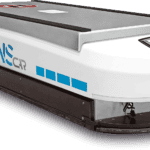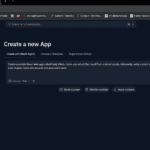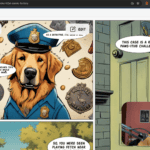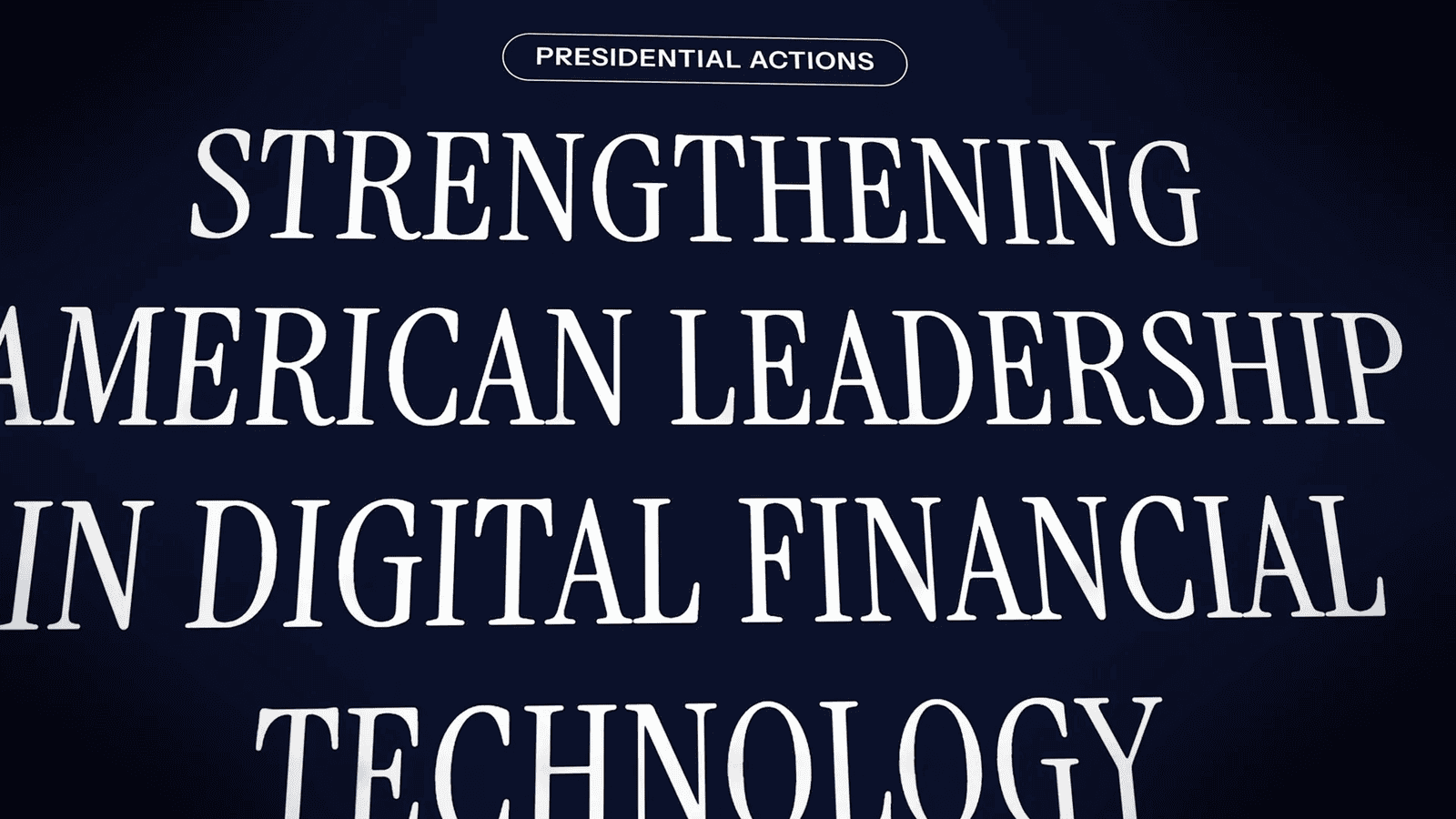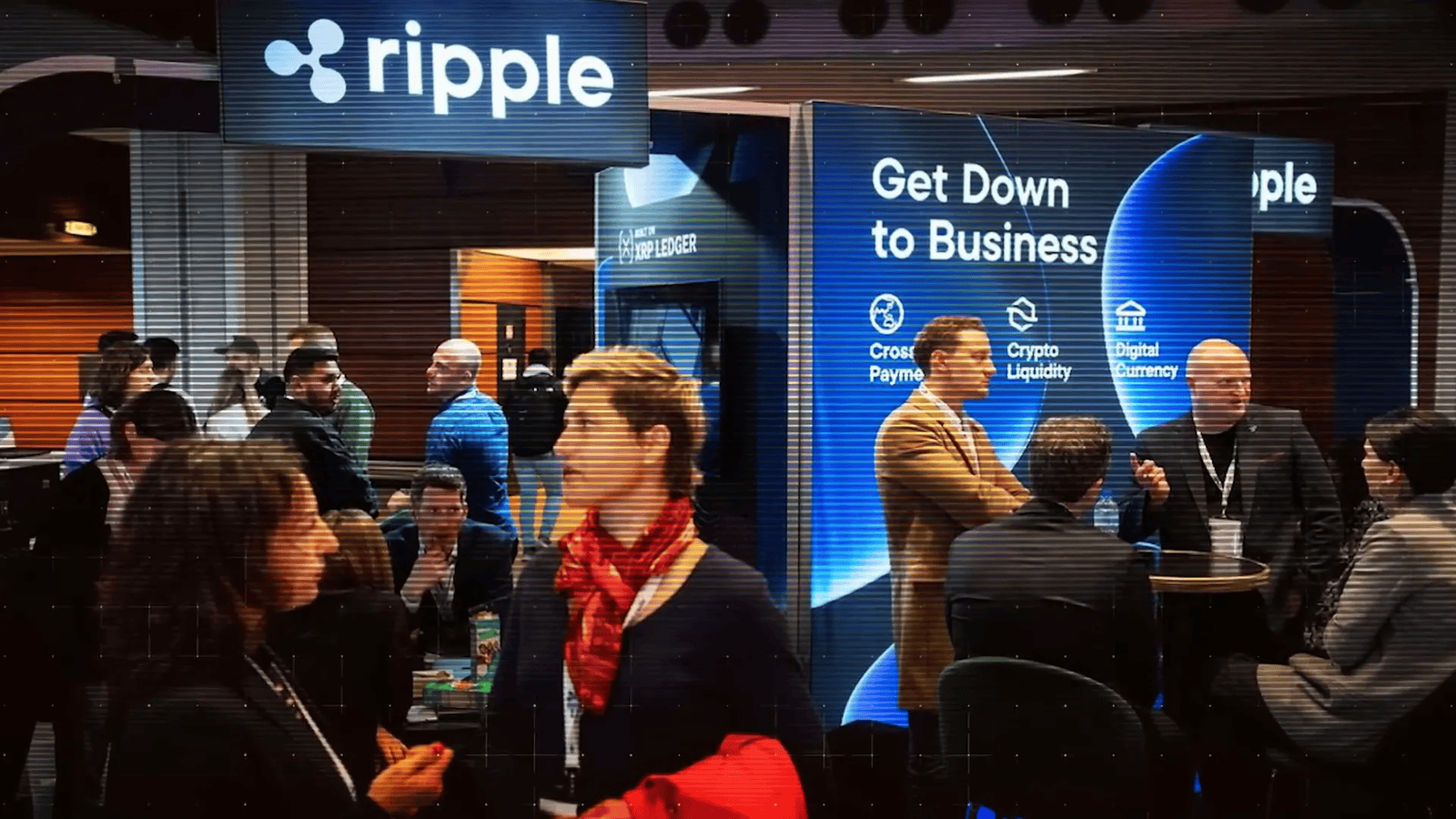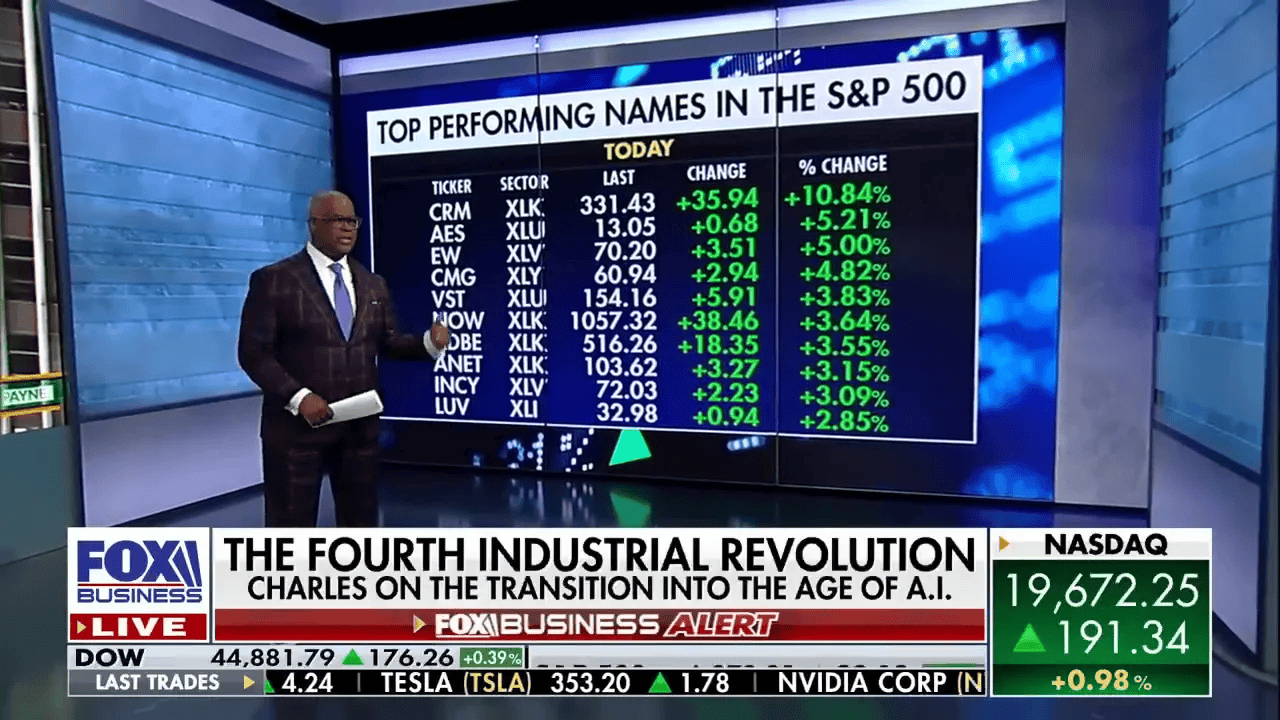In the rapidly evolving landscape of blockchain technology, Real-World Assets (RWAs) are emerging as a significant area of interest. This blog explores the advancements in the tokenization of RWAs and the critical role of interoperability in unlocking their full potential.
Table of Contents
- Introduction
- Choosing a Chain
- Asset Issuance 101
- Global Accessibility of RWAs
- Corporate Admin Crypto Adoption
- Advancements in Interoperability
- Axelar’s Development Roadmaps
- Institutional RWA FAQs
- Closing Thoughts
- Axelar Wrap-Up
Introduction
Real-World Assets (RWAs) represent a transformative opportunity in the blockchain ecosystem. As the demand for tokenization of tangible assets grows, understanding the nuances of RWAs becomes essential for stakeholders. This section introduces key concepts and sets the stage for the exploration of RWAs in greater detail.
Interoperable RWAs
Interoperability is crucial for the success and scalability of Real-World Assets. It allows different blockchain networks to communicate and share information seamlessly. This capability enhances the liquidity and usability of RWAs across various platforms.
- Cross-Chain Functionality: Interoperable RWAs can be transferred between different blockchain networks, increasing their accessibility and market reach.
- Standardization: Establishing common standards for RWAs ensures compatibility across platforms, making it easier for developers and users to engage with various assets.
- Enhanced Liquidity: By allowing RWAs to be traded across multiple exchanges, interoperability can lead to increased liquidity, benefiting both issuers and investors.

Regulatory Clarity
Regulatory clarity is a significant factor influencing the growth of RWAs. As governments and regulatory bodies establish clearer frameworks, the adoption of RWAs is expected to accelerate.
- Impact on Adoption: Clear regulations provide a safer environment for institutions to invest in and utilize RWAs, reducing the perceived risks associated with blockchain technology.
- Facilitating Compliance: With defined regulations, businesses can ensure compliance and avoid legal complications, making it more attractive for traditional finance to engage with RWAs.
- Encouraging Innovation: Regulatory clarity can foster innovation, allowing companies to explore new use cases for RWAs without the fear of running afoul of the law.
RWA Tech Stack
The technology stack supporting RWAs is becoming increasingly sophisticated. This stack includes various components that enable the creation, management, and trading of RWAs.
- Blockchain Platforms: Layer one blockchains, like XRP Ledger, provide the foundational technology for issuing and managing RWAs.
- Tokenization Tools: Platforms offering user-friendly interfaces simplify the tokenization process, making it accessible even to non-developers.
- Smart Contracts: While some blockchains integrate smart contracts at their core, others provide simpler functions to streamline asset issuance and management.
White Labeling RWAs
White labeling RWAs allows businesses to create and offer their own branded versions of RWAs, enhancing customization and market differentiation.
- Branding Opportunities: Companies can leverage white-labeled RWAs to provide tailored solutions to their clients, thereby enhancing their brand presence in the market.
- Market Expansion: By offering white-labeled RWAs, businesses can tap into new markets and customer segments, driving growth and revenue.
- Flexibility and Control: White labeling provides companies with the flexibility to customize features and functionalities to meet specific client needs.
Choosing a Chain
Selecting the right blockchain for Real-World Assets (RWAs) is a critical decision. It’s not merely about the specific assets but more about the unique capabilities of the blockchain itself. Different blockchains serve different needs, depending on market demands and geographical focuses.
For instance, regions such as Asia might gravitate towards certain chains due to institutional interest, while others, like the U.S., have their own preferred networks. The XRPL is particularly suited for straightforward asset functionalities, such as issuing bonds or facilitating payments. It’s essential to align the blockchain choice with the intended use case.

XRP Ledger RWA Experience
The XRP Ledger (XRPL) has proven to be a reliable platform for issuing and managing RWAs. Its established infrastructure provides the necessary tools for developers to create assets efficiently. The XRPL is designed to handle transactions quickly and cost-effectively, making it ideal for financial applications.
One of the key features of the XRPL is its ability to support various asset types while ensuring security and compliance. As the interest in RWAs continues to grow, the XRPL is positioned to cater to diverse asset classes, from real estate to commodities.
Support Services for Asset Issuers
In addition to its robust technical capabilities, the XRPL also offers support services tailored for asset issuers. These services include guidance on regulatory frameworks, which is crucial for compliance in the evolving landscape of financial regulations.
- KYC and AML Support: Issuers can benefit from Know Your Customer (KYC) and Anti-Money Laundering (AML) compliance services, which are increasingly important in today’s financial environment.
- Developer Tools: A suite of developer tools is available, allowing for easier integration and asset management on the XRPL.
- Advisory Services: As the demand for RWAs grows, advisory services will become vital for helping projects navigate the complex regulatory landscape.
Asset Issuance 101
Understanding the fundamentals of asset issuance is crucial for anyone looking to tokenize Real-World Assets. The process begins with defining the asset’s characteristics and determining the regulatory requirements associated with it.
Issuers must carefully consider the asset’s lifecycle, from creation to trading. This involves selecting the appropriate blockchain, ensuring compliance with regulations, and developing a strategy for market engagement.
Steps in Asset Issuance
- Define the Asset: Clearly outline what the asset represents and its unique features.
- Choose a Blockchain: Select a blockchain that aligns with the asset’s requirements and market strategy.
- Compliance Checks: Ensure that all regulatory obligations are met, including KYC and AML protocols.
- Tokenization: Use tokenization tools to create a digital representation of the asset on the blockchain.
- Market Strategy: Develop a plan for engaging with potential investors and users.

Global Accessibility of RWAs
The globalization of markets has made RWAs more accessible than ever. Blockchain technology facilitates cross-border transactions, allowing investors to tap into international asset classes without the traditional barriers.
With the right infrastructure in place, RWAs can be traded seamlessly across different jurisdictions. This enhances liquidity and opens up new investment opportunities for a broader audience.
Benefits of Global Accessibility
- Diverse Investment Opportunities: Investors can diversify their portfolios by accessing assets from different regions and sectors.
- Increased Liquidity: The ability to trade RWAs globally increases market liquidity, benefiting both issuers and investors.
- Reduced Barriers to Entry: Blockchain technology minimizes the complexities typically associated with cross-border transactions, making it easier for investors to participate.
Corporate Admin Crypto Adoption
As Real-World Assets gain traction, corporate entities are increasingly exploring the integration of crypto into their operations. This shift is driven by the need for efficiency, transparency, and enhanced financial capabilities.
Companies are recognizing the potential of blockchain to streamline processes and reduce costs associated with traditional asset management. The adoption of crypto within corporate structures can facilitate faster transactions and improve overall operational efficiency.
Challenges in Corporate Adoption
Despite its advantages, the adoption of crypto in corporate settings is not without challenges. Companies must navigate regulatory complexities and ensure that their technology infrastructure can support blockchain integration.
- Regulatory Compliance: Understanding and adhering to the regulatory landscape is crucial for corporations looking to adopt crypto.
- Technology Integration: Companies must invest in the necessary technology to support blockchain and crypto transactions.
- Market Education: Educating stakeholders about the benefits and risks associated with crypto is essential for successful adoption.
Advancements in Interoperability
Interoperability is at the forefront of the evolution of Real-World Assets (RWAs). As the blockchain ecosystem matures, the need for seamless interaction between different platforms has become increasingly apparent. Developers are now prioritizing interoperability from the outset of their projects, rather than treating it as an afterthought.
The shift towards a more interconnected web3 environment is crucial. This means that while a project may initially launch on a single blockchain, there is a strong emphasis on ensuring that it can later distribute its offerings across multiple chains. This kind of flexibility not only enhances the asset’s reach but also provides a better user experience.

Key Components of Interoperability
- Cross-Chain Communication: Facilitating interactions between different blockchains is essential for the fluid movement of assets.
- Unified Standards: Developing common protocols will allow various blockchains to communicate effectively, reducing fragmentation.
- Developer Education: As the landscape evolves, educating developers on best practices for creating interoperable applications is vital.
Axelar’s Development Roadmaps
Axelar is focused on creating a robust framework that supports multi-chain applications. Their development roadmap outlines a clear vision for advancing interoperability and enhancing the user experience across different blockchain environments.
One of the flagship initiatives is the launch of the Axelar Mobus Development Stack (MDS). This framework aims to simplify the process of connecting and launching applications across multiple chains, making it easier for developers to build and deploy their projects effectively.
Core Features of the Axelar Mobus Development Stack
- One-Click Token Launching: Developers can launch their tokens across various chains effortlessly.
- Abstracted Gas Services: Simplifying the complexities associated with transaction fees.
- Permissionless Interfaces: Ensuring open access to functionalities across different blockchains.
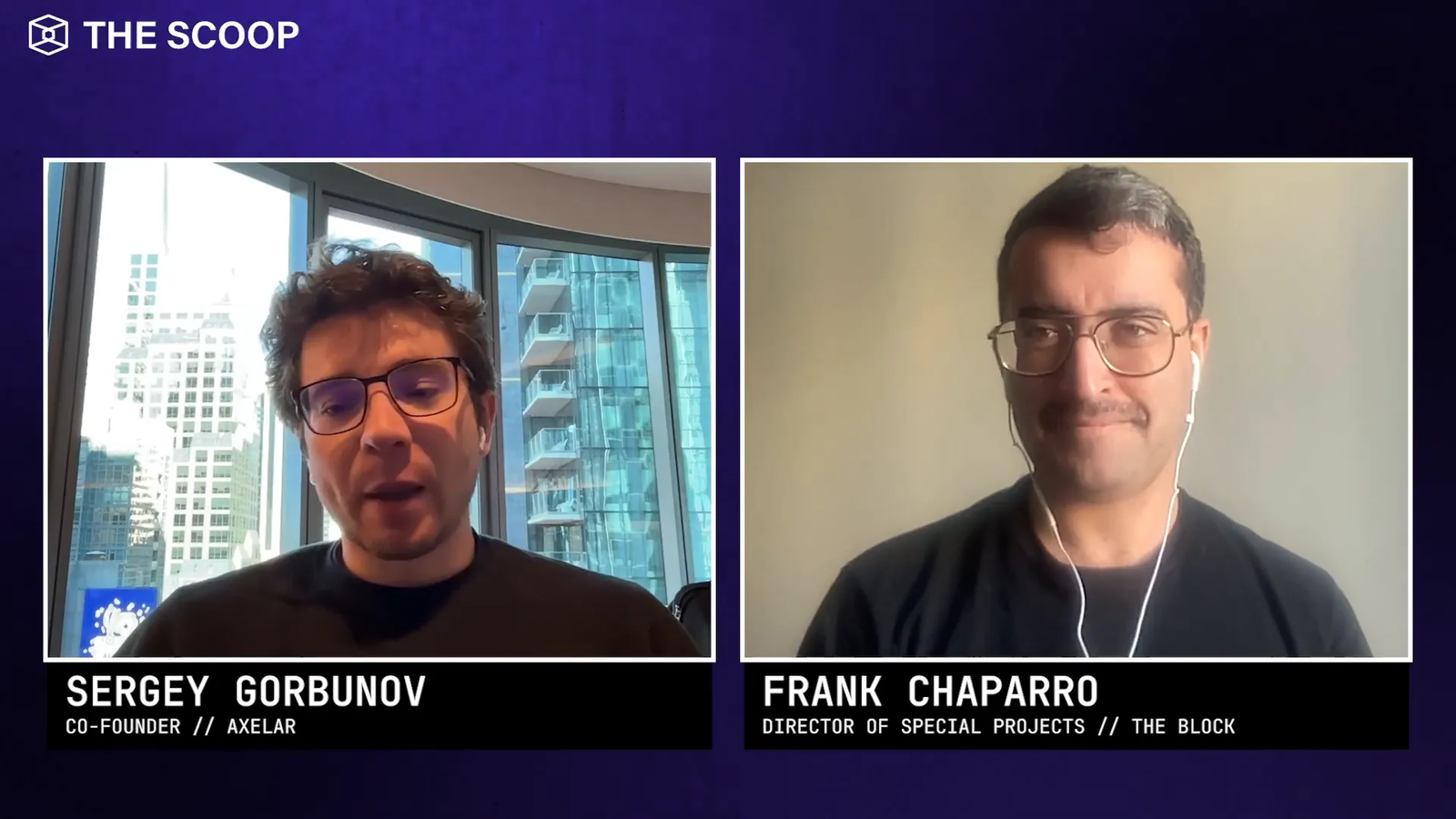
Institutional RWA FAQs
As institutional interest in Real-World Assets grows, so do the questions surrounding their implementation and management. Here are some frequently asked questions that address common concerns from institutions looking to engage with RWAs.
What are the compliance requirements for RWAs?
Compliance is paramount for institutions dealing with RWAs. Organizations must ensure adherence to regulatory standards, including Know Your Customer (KYC) and Anti-Money Laundering (AML) protocols. This is essential for maintaining trust and legality in transactions.
How do RWAs enhance asset liquidity?
RWAs can be traded across various platforms, increasing their market liquidity. This allows investors to buy and sell assets more easily, which is particularly beneficial in volatile markets.
What role does technology play in RWA management?
Technology provides the tools necessary for tokenization, management, and trading of RWAs. Blockchain technology ensures transparency and security, while smart contracts automate processes and reduce the risk of human error.
Closing Thoughts
The future of Real-World Assets is bright, driven by advancements in interoperability and the ongoing development of supportive frameworks like Axelar’s Mobus Development Stack. As institutions become more engaged, the landscape will continue to evolve, presenting new opportunities and challenges.
For stakeholders in the blockchain space, understanding these dynamics will be crucial for navigating the complexities of RWAs. Embracing interoperability not only facilitates broader asset distribution but also enhances user experiences across platforms.
Axelar Wrap-Up
In summary, Axelar is paving the way for a more interconnected blockchain ecosystem. The focus on interoperability and the development of the Mobus Development Stack are significant steps towards enabling seamless interactions between different blockchain networks.
As we look to the future, the integration of Real-World Assets into mainstream finance will likely accelerate, driven by technological innovations and a commitment to compliance. Stakeholders must remain proactive and informed to fully leverage the potential of RWAs in the evolving digital landscape.

This blog post is inspired by the video Here’s why RWAs are hitting an inflection point with Axelar and Ripple. All credit for the video content goes to the original creator. Be sure to check out their channel for more amazing content!


